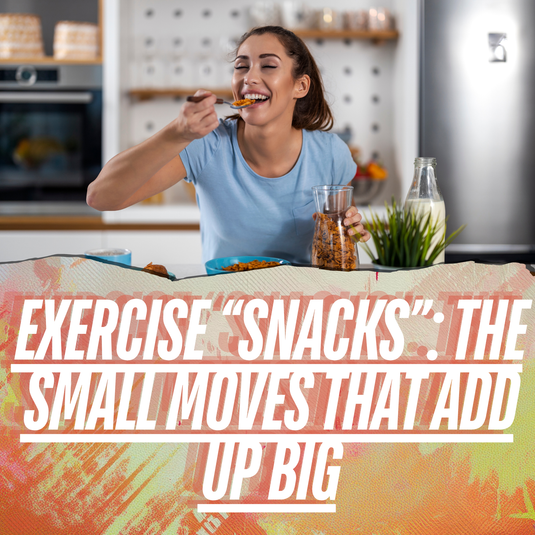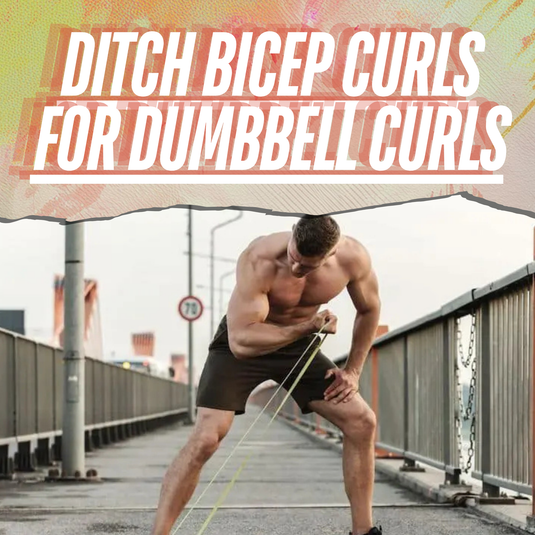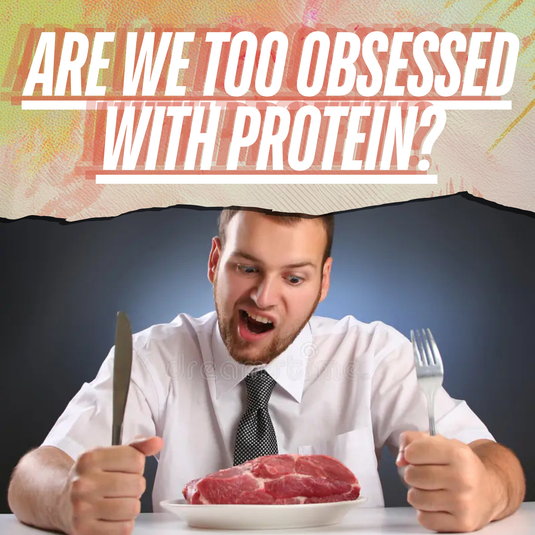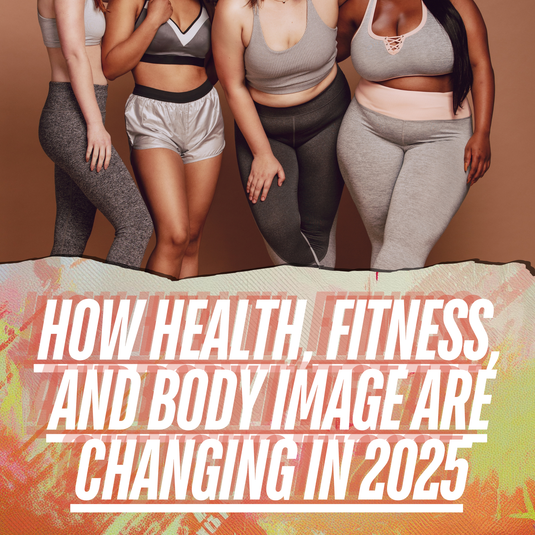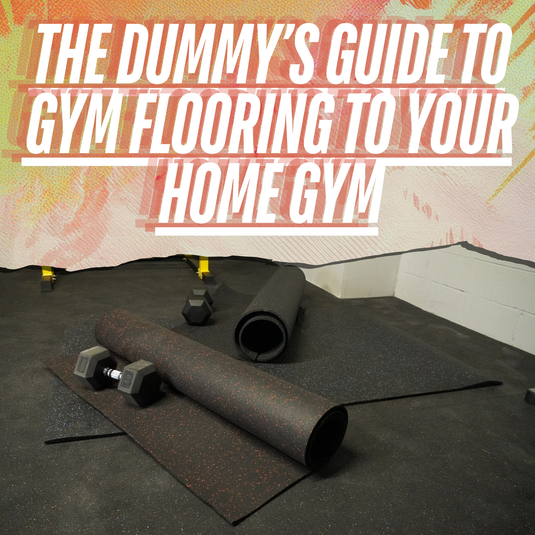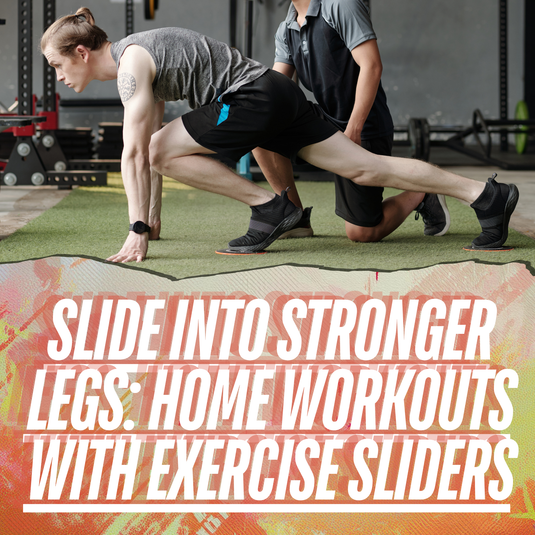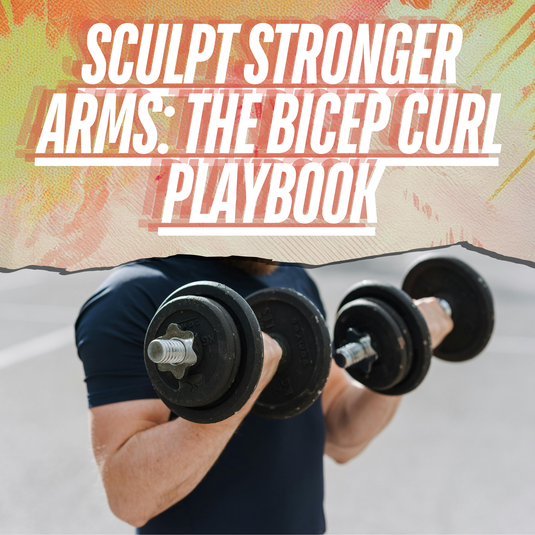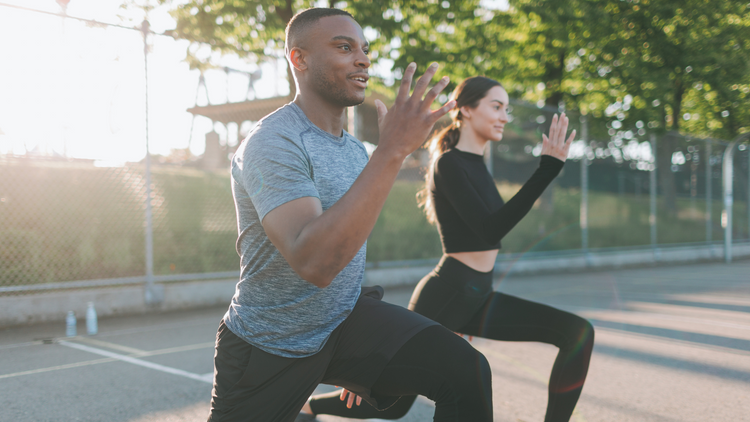Best Dumbbell Workouts for Weight Loss at Home

⏱️ Estimated Read Time: 6 minutes
🧠 TL;DR
- Best Dumbbell Workouts for Weight Loss at Home offers effective, accessible movements for targeted results.
- This guide is designed to help you move smarter, build strength, and stay consistent.
✍️ Summary
This post explores best dumbbell workouts for weight loss at home in a way that’s actionable and easy to follow. Whether you're new to this style of training or leveling up, it includes practical takeaways for your routine.
📚 Table of Contents
The goal of a workout should be to stimulate recovery hormones to maximize the body's metabolic capabilities. This will lead to more significant fat loss. Calories are nice to burn and count towards the overall goal of fat loss, but the accurate marker of systemic change will be the hormones happening inside the body. Recovery hormones naturally trigger when the body undergoes stimulation, including strength training of sufficient load or heart rate to an adequate intensity. Once activated, the body burns calories at an elevated rate for hours post-exercise, maximizing the body's metabolic furnace.
Combining the two stimuli for recovery hormones can elevate your training program and ensure success for any fat loss goal. Peripheral Heart Action is just the right tool needed to maximize fat loss.
What is Peripheral Heart Action?
Peripheral heart action refers to training in a way that forces the heart to pump blood all over the body. When a muscle is activated, the brain tells the heart to pump blood to the activated tissue. The signal is in response to heightened nutritional needs and oxygen demand of the activated muscle(s). The benefit of using Peripheral Heart Action as a focus for fat loss is that this requires more energy and more significant caloric expenditure than just training the upper or lower body individually.
Peripheral Heart Action can be utilized by either alternating body parts with each exercise in a circuit or using total body movements. This can work for any and every type of athlete or training age. When done correctly, the human body will be required to increase heart rate, feeling much like an aerobic workout.
Here is an accessible workout format to introduce Peripheral Heart Action training to your routine: The 300
The 300 consists of six exercises performed over five rounds hitting repetitions of 14, 12, 10, 8, and 6. The cumulative workload is 300 repetitions spread across the body's major muscle groups. In round 1, perform 14 repetitions of each exercise to minimize the rest taken between exercises. Between rounds, take 1 to 2 minutes to recover. Adjust weights as the repetitions decrease to truly maximize the benefits of the repetition scheme.
Exercises:
- Double Clean and Press
- Squat Jump
- Plank Rows
- Front Squat
- Standing Windmill
- Sit Up to Press - Single
Let’s Start with Dumbbell Workouts for the Fat Loss.
Step by Step Guide to do Double Clean and Press:
- Start standing while holding a pair of dumbbells at your sides. Palms should be neutral and facing either hip.
- Drive your tailbone back by hinging at the waist while maintaining a flat back and allowing your knees to bend.
- Simultaneously swing the dumbbells backward, keeping your arms straight.
- Once you reach maximum depth, accelerate your hips forward while driving your legs up from the floor to drive momentum into the dumbbells.
- As the weights reach your hips, bend the elbows to pull the weights towards your shoulders, catching them in a front rack position.
- Legs should be partially bent in the catch; straighten them before the press.
- For the press, extend the arms straight in line with the shoulder while keeping the rest of the torso stationary.
- Return to the catch position.
- Initiate the next repetition by swinging the weights down from the catch position and into the hinge.
Here is the Video Demonstrating Double Clean and Presses
Primary muscle groups involved: This is an all-hands-on-deck total body exercise.
Step by Step Guide to do Squat Jump:
- Start standing while holding a pair of dumbbells at your sides. Palms should be neutral and facing either hip.
- Lower the weights towards the floor in a squat position. The tailbone sits back while knees bend and arms/weights lower straight towards the floor.
- Explosively extend the legs and hips to drive the body off the floor into a jump.
- Land with knees softly bent and drop immediately into the next squat.
-Beginners should use at most 10% of their body weight or stick to body weight. More experienced lifters can hold 10-30% of their body weight.
Here is the Video Demonstrating Jump Squats
Primary muscle groups involved: The gluteal group (maximus, medius, minimus), quadriceps, and calves are the prime movers with support from the hamstrings, adductors, and core.
Step by Step Guide to do Plank Rows:
- The start position is in a high plank while holding a pair of dumbbells shoulder width apart and directly underneath each shoulder.
- Feet can be wider than a traditional plank for added support.
- Begin the movement by shifting your body weight towards one arm so the other can be safely lifted off the ground.
- Some torso twist is to be expected but make sure to attempt to minimize movement during each repetition.
- Perform the row by pulling the dumbbell toward your rib cage. At the peak of the row, your elbow will be bent at or passed 90 degrees and your forearm will point straight down.
- Return the moving arm to the floor and alternate sides for the next repetition.
Here is the Video Demonstrating Plank Rows
Primary muscle groups involved: The pectoralis major/minor, anterior deltoid, triceps, and core work to stabilize the planted arm. The rhomboids, mid/lower trapezius, posterior delt, and latissimus dorsi work during the row with assistance from the biceps brachii.
Step by Step Guide to do Front Squats:
- Start standing while holding a pair of dumbbells in the catch position. Weights should be at shoulder height in front of the chest.
- Hand position is based on the athlete's comfort level. Traditionally the neutral grip (palms facing each other) is utilized; however, palms can face out or in, and it is up to the user.
- Weights may touch at the catch point, but keep them separate for a more significant stability challenge.
- Throughout the movement, keep your forearms vertical and weights just in front of your chest.
- Perform your typical squat pattern while holding the weights in the catch.
- The tailbone should sit backward while the knees bend so that the weights drop straight toward the floor.
- Once maximum depth is hit, extend the legs and hips to return to standing.
Here is the Video Demonstrating Front Squat.
Primary muscle groups involved: Due to the front load, the quadriceps deliver more force than traditional squats with assistance from the gluteus maximus. The deltoids and core work to help stabilize the weights.
Step by Step Guide to do Half Kneeling Windmill
- Start on the ground in a half-kneeling position. Take your base leg and swing the foot around, so it is more behind your tailbone.
- Begin the movement by pressing the weight toward the ceiling. The arm should remain vertical throughout the rest of the move. Your eyes stay on the dumbbell throughout the movement to ensure it remains upright.
- Weight should be in the arm on the same side as your forward knee.
- Laterally flex your hips toward the forward knee, simultaneously moving your torso toward the ground.
- Maintain a vertical spine and make all the movement occur from your hips.
- Mid Range of motion the free arm should touch the ground in line with the base hip or forearm if there is an adequate range of motion.
- Return to half kneeling position laterally, extending the hip, bringing the torso back to a vertical position.
- Split the repetitions per side of the body.
Here is the Video Demonstrating Half Kneeling Windmill.
The main muscle groups involved: are the Glute medius, adductor, external obliques, and deltoids.
Step by Step Guide to do Sit Up to Press - Single
- Start lying on your back in a floor press position with one dumbbell in one hand and feet planted.
- Perform a full sit-up while keeping the dumbbell close to the same side shoulder.
- At the top of the sit-up, press the dumbbell overhead to full extension.
- Return to the start position and repeat. Split the repetitions per side of the body.
Here is the Video Demonstrating Sit Up to Press - Single.
Primary muscle groups involved: The prime movers are the core muscles and anterior deltoids with assistance from the triceps.
Tip:In addition to dumbbell exercises, incorporating bodyweight exercises can further enhance fat loss and overall fitness. Bodyweight exercises like push-ups, squats, lunges, and planks are effective for stimulating recovery hormones and boosting metabolism. These exercises require no equipment and can be performed anywhere, making them versatile for home workouts or travel. By engaging multiple muscle groups simultaneously, bodyweight exercises promote functional strength and endurance, contributing to a well-rounded fitness routine. Incorporating a combination of dumbbell exercises and bodyweight movements ensures a comprehensive workout regimen that maximizes fat burning and improves overall fitness levels.
Conclusion
Workouts that stimulate recovery hormones can be an effective way to maximize fat loss by increasing the body's metabolic capabilities. Peripheral Heart Action training, which involves forcing the heart to pump blood all over the body, can be a useful tool for achieving this effect. The 300 workout program, which combines total body movements in a circuit format, is an accessible way to introduce Peripheral Heart Action training into your routine. Incorporating dumbbell exercises, such as the double clean and press and squat jump, into your workouts can also be effective for fat loss. It is important to pay attention to proper form and technique, as well as to warm up and cool down properly to prevent injury. By following these guidelines, you can effectively stimulate recovery hormones and achieve your fat loss goals.
Helpful Resources:
Want more guidance? Check out our Weekly Dumbbell Workout #1.
📝 FAQs
How often should I do these exercises? +
2–3 times per week is a good starting point for most people.
Do I need equipment? +
Many of these can be done with just your bodyweight or a single kettlebell or dumbbell.
Can beginners do these routines? +
Yes! These movements are designed to scale with your fitness level.


